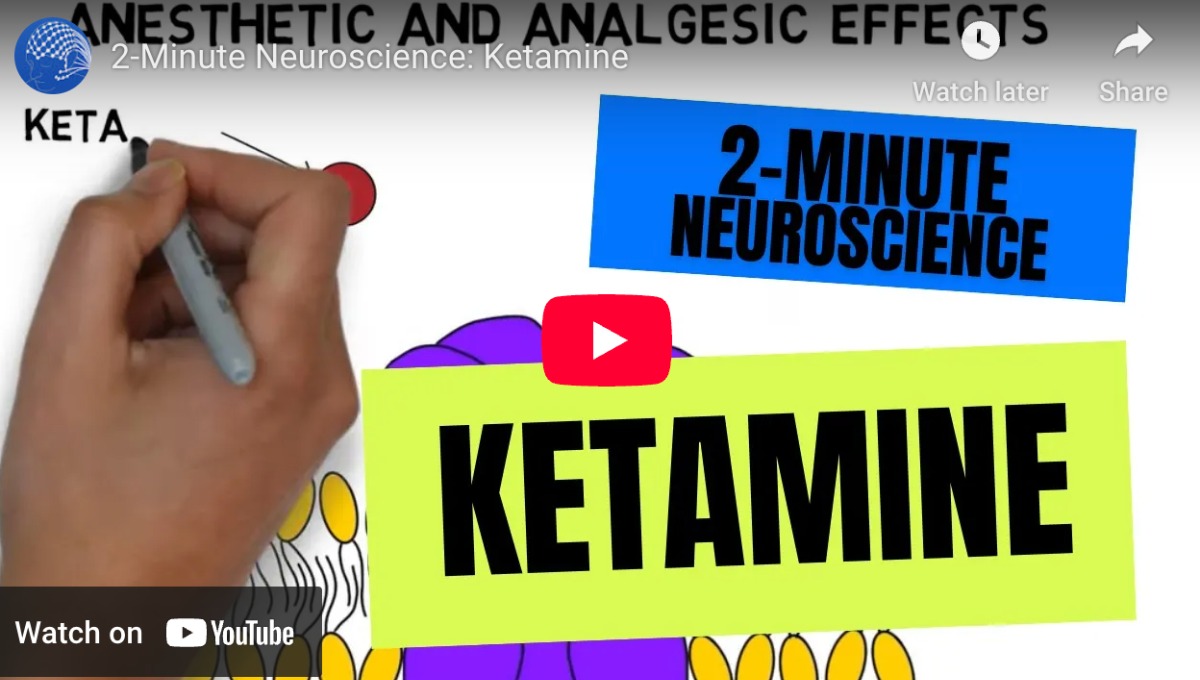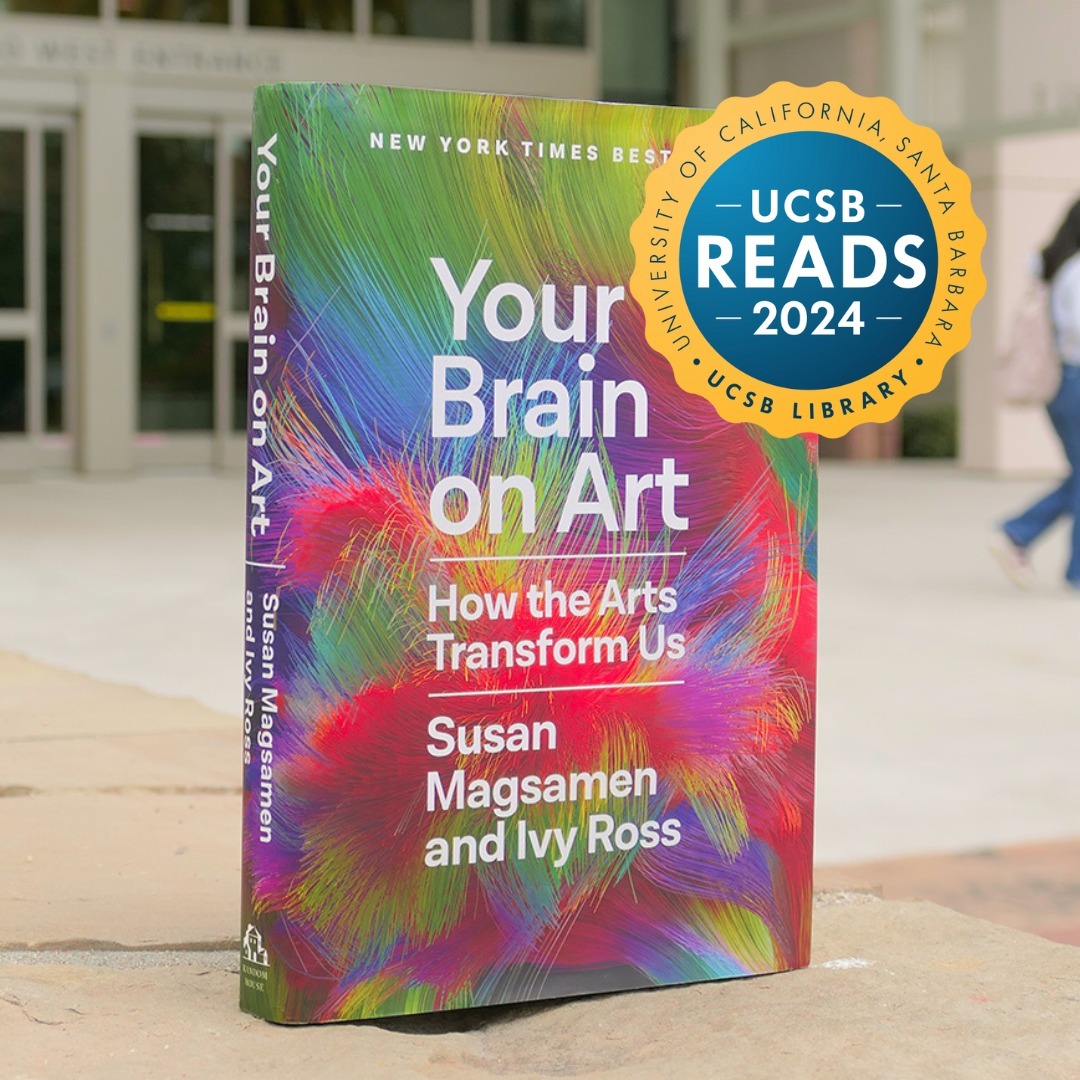September Innerbloom Newsletter
Sep 23, 2025 12:01 pm
September 2025
Happy Fall! 🍁 This month's newsletter covers a lot, including the FDA's fast-track plan for approval of ketamine for suicidal depression, the potential of psychedelics for stroke recovery, a helpful video explaining ketamine's mechanism of action, and a book recommendation that I'll begin with by sharing a quote from...
It's hard to change a habit. We tend to do things the same way we always have, because neuroplasticity cuts both ways. Our routines create neural pathways, which create habits of mind, even when those habits or routines aren't always good for us. If you want to enhance flourishing, you can't accomplish this by doing the same thing in the same way. As the writer Annie Dillard wrote: "How we spend our days is, of course, how we spend our lives."
🌎 News
FDA Fast-Tracks IV Ketamine for Suicidal Depression
Last month, the FDA granted Fast-Track designation to NRX-100—a preservative-free IV ketamine formulation—for the treatment of suicidal depression. On its face, this marks an important milestone: formal FDA approval could open doors to broader access, insurance coverage, and more routine clinical use for severe mental health conditions. But the move is not without controversy...
Psychiatrist Lisa Harding, MD, urges us to look beyond the headlines. She cautions that claims of improved safety over existing ketamine formulations remain unproven. Marketing terms like “expanded access” may serve companies more than patients, and rigorous trials are still needed to confirm safety and effectiveness. Most importantly, she reminds us that true access means affordable, equitable care—not just rebranded treatments.
Psychedelics For Stroke Recovery
A team led by Drs. Gül Dölen from UC Berkeley and stroke neurologist Steven Zeiler at Johns Hopkins University School of Medicine are investigating whether psychedelics could reopen critical windows for motor recovery after stroke. Their PHATHOM-Stroke Project is testing the safety of pairing psilocybin with intensive rehabilitation—including virtual-reality therapy featuring a dolphin named Bandit. The idea builds on Dr. Dölen’s earlier discovery that psychedelics can loosen rigid brain circuits, potentially enhancing learning and recovery even months or years after a stroke.
📕 Education & Science
Ketamine’s Unique Mechanism of Action
Unlike traditional antidepressants that increase chemicals like serotonin, ketamine targets glutamate—the brain’s most abundant neurotransmitter. By doing so, it not only elevates mood but also helps rewire the circuits affected by depression, anxiety, and trauma. At the same time, ketamine blocks NMDA receptors associated with chronic pain. This dual action explains why many patients with conditions such as neuropathic pain or fibromyalgia experience both emotional and physical relief from infusions.
📖 On the Blog
What Determines Readiness For Ketamine Therapy?
Being “ready” for ketamine therapy isn’t just about having the right diagnosis. In my experience, curiosity, preparation, and willingness to engage with the process often predict success more than symptom scores. In this post, I share what true readiness looks like, red flags to watch for, and why ketamine only opens the door—you still have to do the work until new pathways become stronger than the old ones.
Everything You Need to Know About Spravato (Esketamine) Treatment
At Innerbloom, we offer both IV ketamine and the nasal spray form known as Spravato. While each has immense potential for healing, Spravato comes with unique differences in protocol, efficacy rates, and specific indications that are important to understand before deciding which treatment best fits your needs. Much like our guide Ketamine: Everything You Need to Know, the post linked above is designed specifically to help you navigate Spravato treatment.
🌼 Innerbloom Recommendations
📚 Book: Your Brain on Art
Backed by neuroscience and psychology, this book shows how art—whether through music, dance, or simply experiencing beauty— shapes our brains and health. The arts are proven tools for reducing stress, lifting mood, and supporting recovery.
Here are some fascinating points from the book:
- Attending just a few cultural events each year—like a concert, museum, or play—has been linked to a 31% lower risk of dying early.
- Many people with severe PTSD experience a shutdown of the brain’s speech center, making it nearly impossible to talk through their trauma and limiting the effectiveness of traditional therapy. Art—especially mask-making—provides a nonverbal outlet for expression, particularly helping veterans and service members communicate their inner experiences. Over time, this process can re-engage language, allowing them to explain their artwork and connect it to their trauma, essentially bringing the brain “back online.”
- Hospitals designed with natural light, soothing colors, and artwork have been proven to help patients recover faster, reduce stress, and even shorten hospital stays. Live or recorded music in hospital settings has been shown to lower pain perception and reduce the need for anxiety and pain medications.
Watch out! This book will have you dusting off your old art supplies!
📢 Stay Connected
Did you miss a newsletter? Catch up here.
Follow us on Instagram for daily insights into ketamine therapy, clinic updates, and patient resources.
Don’t forget to visit our Blog for the latest news, research, and events.
Thank You!
I appreciate your continued support and for taking the time to read! If you have questions, feedback, or topics you'd like to see covered, reply to this email. I would love to hear from you!
Warmly,
Ray Rivas, MD
Innerbloom Ketamine Therapy, PC
San Luis Obispo, CA
(805) 321-8471





